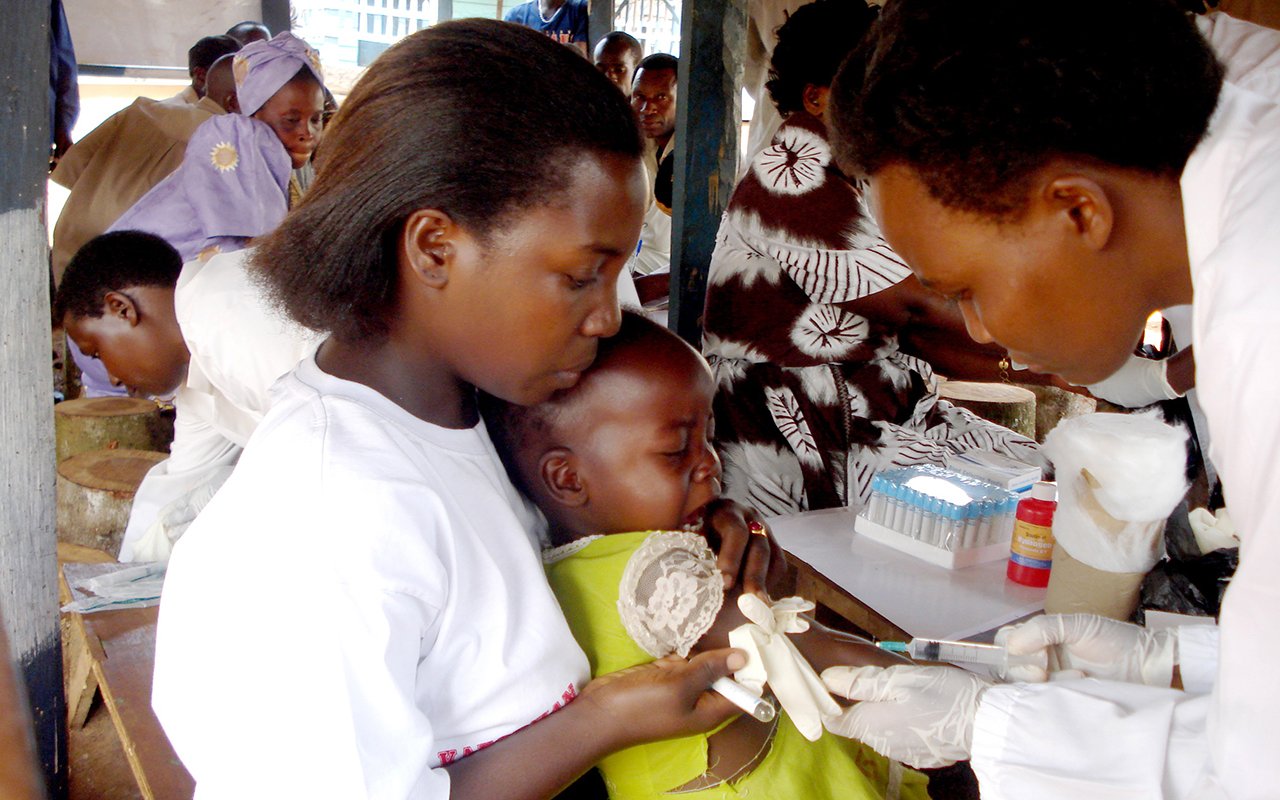Uganda’s high fertility rate is a threat to vision 2040- Experts
Uganda may fail to achieve its goal of transforming from a peasant to middle income country in line with Vision 2040 if the fertility rate doesn’t decrease, experts have warned.
Vision 2040 looks at strengthening particular sectors such as oil and gas, tourism and agriculture among others. One of the projections of the goal is for Uganda to become a lower middle income country by 2020 before progressing to the upper middle income category by 2032.
However, experts say this goal may not be achieved because of the high fertility rate in the country, which affects development.
The experts argue that children stop parents from saving and exploring business opportunities that would lead to development and eventually lead the country into economic prosperity.
An estimated 1.6 million babies are born annually in the country. On average, every Ugandan woman has the ability to have 5 children. This according to experts is very high and needs to be reduced to three children per family.
Dr. Betty Kyaddondo, the Director of Family health at the National Population Council, says Ugandans need to plan better for their families.
"The way things look now, Uganda will not be able to meet its 2040 goal or even become a middle income country. The biggest population is made up of dependents, children or youths. They are an expense that needs looking after. Instead of saving and reinvesting into the economy to allow development, money is being spent on children. The more children or dependents, the more money one spends,” she says, emphasizing the need to have the population structure changed.
“Our population growth rate at the moment is not in tandem with development. The rate at which women give birth to dependents does not match the rate at which families develop. We need to change our population structure so that we can have fewer children and dependents and have more grownups that are able to set up businesses,” she said.
Statistics from the National Population Council (NPC) show that 70 percent of the population comprises of children or youth most of whom are dependent on parents or guardians.
According to the NPC, for Uganda to become a middle income country, every Ugandan ought to have a per capita income of $1,000 (about Shs4 million). Right now, an average Ugandan has a per capita income of $800 (about Shs2.9 million).
Prof Freddie Ssengooba, a Professor of Health Economics and Systems Management at Makerere University School of Public Health, says families need to carry our proper family planning to reduce on the number of children born.
“Clearly if Uganda is to achieve the development goals that have been set, one of the things to help us get there is that people should learn how to save, the biggest area of expenditure in Uganda is dependency. Our population is full of young people meaning that the dependents are far outstripping. So workers cannot save, because whatever they get is spent on these young ones,” Prof Ssengooba says.
“We believe that at an individual level people should look at a size that is between three to four children. If we are to do that we save a lot in terms of education, child and maternal care as these are the most costly in the health sector,” he advices.
He says that reducing the number of children per family will help Uganda attain middle income status by 2040.
Dr. Placid Mihayo, the Assistant Commissioner of Reproductive health at the Health Ministry, warns that having many children is likely to lead to malnutrition in families. He says malnutrition will lead to an increase in the cases of child mortality.
“The cost of living has increased especially in urban centres and if we are to avoid child malnutrition then the parents should be in position to buy food and feed their children on a balanced diet because child malnutrition contributes much to death. If the children are many it becomes hard for the parents to feed,” he says.
According to data from the Health Ministry, more than 2 million children under the age of five are malnourished and are either stunted or underweight. It is estimated that 300,000 of them are too thin for their age.
What others say
Sarah Nabirye, a 23 year old student in Kampala, says if government tries to restrict the number of children they should do it depending on the economic status of families. She says government needs to come up with a way to stop people in slums from having many children.
Francis Kamuge says families should be left to have the number of children that they want. He says government should sensitize people instead of trying to limit how many children every family should have.
“Let families have the number of children that they want. We have a lot of land in Uganda and people should have children. Instead of telling people to stop having children, tell them to have children that they can comfortably look after,” Kamuge said.
Jackline Kaboyo, a 64 year-old grandmother of three and business woman, says it is no longer possible for families to have many children. She says families should only have two children given the high cost of living in the country.
“My mother had twelve children and I don’t know how they managed to look after us but now we can’t do that because the cost of living is very high,” said.
Policies limiting the number of children in families have been implemented in Vietnam, Iran, Singapore and China. China previously had a one child policy but in 2016 amended it to a two.




